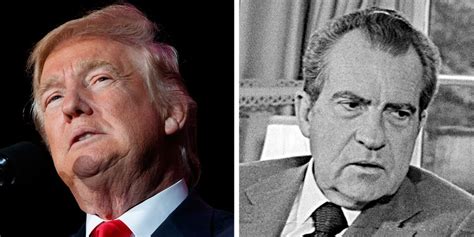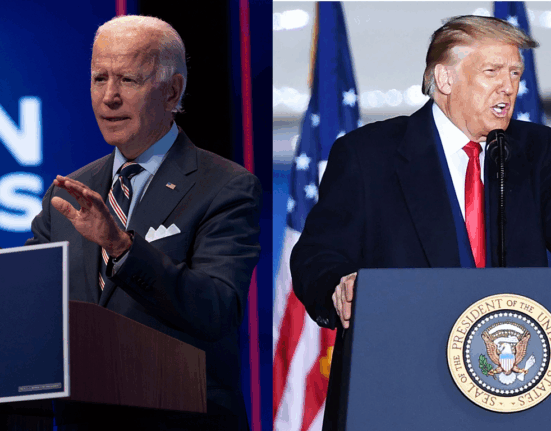“When Donald Trump first ran for U.S. president in 2016, he sounded mad an awful lot of the time—in both senses of the word.”
In the realm of international politics, there exists a concept known as the
“madman theory.”
This theory suggests that projecting an image of unpredictability and irrationality can be a strategic advantage for a leader. One prominent figure who has been associated with this theory is former U.S. President Donald Trump.
“Trump had no problem displaying anger on the campaign trail.”
During his presidential campaign, Trump often exhibited behaviors that aligned with the madman theory. He openly embraced anger and unpredictability as tools in his political arsenal. From labeling himself as willing to accept the mantle of anger to emphasizing his willingness to be perceived as crazy and unpredictable, Trump strategically crafted an image that deviated from traditional presidential personas.
“Nixon coined the term ‘madman theory,’ explaining that he wanted North Vietnamese to believe he was capable of doing anything.”
Drawing parallels between Trump and former President Richard Nixon, who famously implemented the madman theory during the Vietnam War, sheds light on how historical strategies continue to influence contemporary political tactics. Nixon aimed to instill fear in his adversaries by portraying himself as someone who could resort to extreme measures.
As expert analysis delves deeper into these tactics, scholars like Penn State professor Roseanne McManus suggest that under certain circumstances, a leader’s display of madness or extreme behavior may yield positive outcomes in negotiations or crisis situations.
“Could Trump’s madman theory be so crazy that it just might work?”
The question arises: Did Trump’s adoption of the madman persona yield tangible results during his presidency? His confrontational approach towards countries like North Korea and South Korea hinted at a deliberate strategy rooted in unpredictability and brinkmanship.
“Acting like a madman might make one commitment more plausible but lessens another.”
However, while acting erratically may strengthen one aspect of commitment—making threats seem credible—it weakens another crucial element: maintaining credibility post-agreement. This delicate balance between projecting strength through madness while preserving trustworthiness is essential in successful diplomatic engagements.
As we navigate through discussions surrounding leadership styles and their impact on global affairs, understanding the nuances of strategies like the madman theory offers valuable insights into how leaders wield power on an international stage.
From historical anecdotes involving Nixon’s utilization of this approach to contemporary assessments of its applicability in modern diplomacy, each chapter contributes to our comprehension of complex geopolitical maneuvers.
At its core, the debate around whether madness can indeed beget success remains a captivating subject for political analysts and enthusiasts alike—a testament to the enduring intrigue surrounding unconventional leadership tactics.









Leave feedback about this